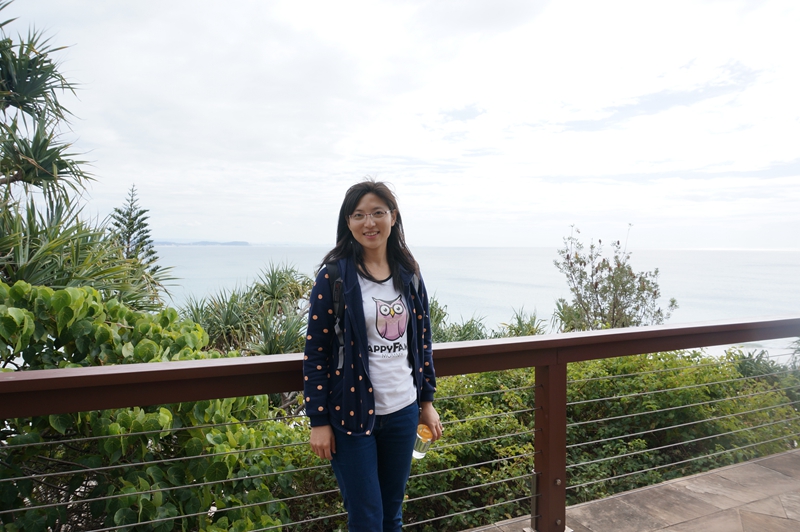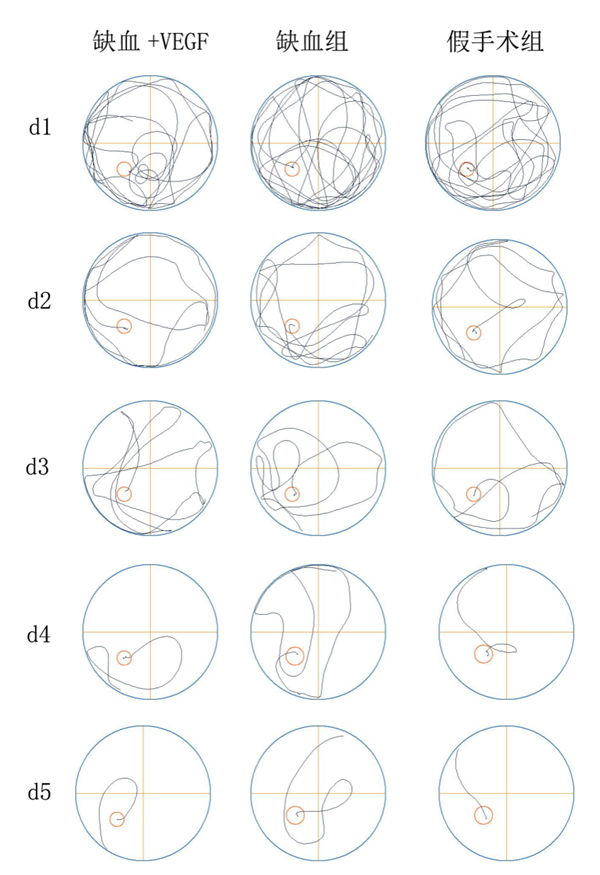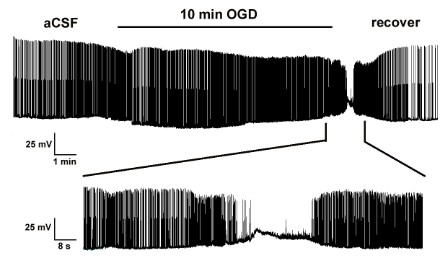
Neurological diseases are the most common causes of learning and memory impairment. Because those impairments often happen to elderly people, it is also called senile dementia. Now China has entered the aging society, various aging related diseases have brought serious burdens to families and society. Right now senile dementia has become the fourth leading cause of death, after cardiac disease, cancer and ischemic strokes.

Currently, medication is still the best way to treat learning and memory impairment. Dr. Yang Jiajia has spent most of her efforts researching the therapeutic effects and the underling mechanisms of Vascular endothelial growth factor (VEGF) on the vascular dementia (VD) during her PhD studies. Sustained global cerebral ischemia was induced by bilateral occlusion of the carotid arteries on rats. This model is similar to VD patients clinically. Learning and memory impairment mechanisms can be examined from molecular, cellular, network and whole-brain function levels. After the model was established, cognitive function was tested on different levels, including behavioral tests (Morris Water Maze (WMW)), cellular level studies (long-term potentiation (LTP) recording), histological studies (neuronal staining observation), protein level study (protein location and qualitative analysis) and neuronal network level studies (Analysis of nonlinear dynamics of oscillation of neuronal activities). Also a patch-clamp technique was used to evaluate the synaptic changes in the hippocampal neurons caused by ischemia.

After joining the Dong Ming Lab, Dr. Yang Jiajia shifted her interest to the study of treatment and rehabilitation of neurological diseases using Neural engineering methods, especially Neuro-biological mechanisms of treatment. Lots of physical therapies such as repetitive transcranial magnetic stimulation (rTMS) and transcranial direct current stimulation (tDCS) were already used in treating mental disorders like schizophrenia and depression. Their team has developed the “Tunexon I” and “Tunexon II” robot systems which can be used in treating limb movement disorders caused by cerebral ischemia. “Tunexon I” robot combines mental imagery and muscle stimulation and can not only help the rehabilitation training of the ischemic patients, but also facilitate the recovery of the brain function and rebuilding of the brain neural pathways. Also, their team is working on a new low-frequency and low-intensity impulse magnetic stimulation, which can treat certain neurological disorders by causing the so-called resonance effect in the brain. Some of their work is already applied in clinical practice and many experiments are being undertaken to discover the possible mechanisms.
Dr. Yang Jiajia is a Lecturer from the Neural Engineering & Rehabilitation Lab at Tianjin University. She got her PhD degree at the College of Life Sciences, Nankai University in 2014. Her research interests include: Neuro-physiology, Neuro-pathology and Neuro-rehabilitation. Right now she has one Chinese National Natural Science Foundation grant (31500865) and one scientific research project supported by enterprise (Research on the "Tunexon I” robot Rehabilitation system). She has also participated in a number of research projects funded by the Chinese National Natural Science Foundation and Major Project of Chinese National Programs for Fundamental Research and Development. Since 2008, she has published 11 SCI research papers and 1 EI paper as the first author or the corresponding author.






